How can you engage your employees to a common Corporate Social Responsibility cause – in a fun and healthy fashion? Here’s how FITology created an alternate reality game to help an organization raise funds for charitable cause.
Running is the new craze
Running is the new craze today. Nearly every 35 – 45 year old white collar employee who wants to get started on her / his fitness journey starts by running. In most of the metropolitan cities around the world short and long runs are organized every fortnight or month. There are communities, organizations and associations which run together. Raising money for charitable causes via long-distance races has become a fairly common, BIG thing.
We wanted to work with this opportunity. We wanted to raise as much charity possible from a group of employees working for a multinational company who live and work all over the world. And we wanted to do it on the backdrop of a Marathon. The question was how do we design a gameful experience to motivate these multicultural, global employees.
We listed our limitations first – why might people not want to donate –
1. Not all the employees would be able to run for the cause – can’t be physically part of the initiative because of location or physical capacity constraints
2. Not all the employees relate to running as a physical activity – they don’t believe it is strenuous enough for their friends who are running. So it doesn’t motivate these employees to donate in support of their friends who are running
3. Not all the employees relate to the same cause – we were raising money for one very specific cause and not all people might have same feeling about that cause. Some people might already be donating to a different cause
And we started to build our solution around these three critical aspects in mind. Our key guiding principles became –
Everyone should be able to play (be part of the game physically),
with whatever physical activity (and not just running),
and raise for whatever charity they support (and not just our cause)
This is what we did –
We chose world’s highest marathon as the backdrop. Two employees (let’s call them S and V) from the company were actually running in Ladakh, midst of Himalayas, 3500 metres above the sea level. With low oxygen levels, any physical activity becomes daunting. It was risky but an exciting proposition to get all the eyeballs at this initiative – #BeMoreHuman.
S and V were running to raise funds to support for the education of young homeless girls in North India. We asked employees to run with S and V. Not physically, but in spirit. Yes, they did not actually have to run and not even on some particular date or at a particular time. For the whole month before the actual marathon run of S and V, the employees could do whatever physical activities they wanted to / they usually do, and that would be converted into equivalent miles.
They could decide for themselves, how many equivalent miles they would do in a month and accordingly pledge dollar amount for their favorite charity / cause.
To make it easier for employees to choose (Ground rule – 3 choices are more than enough), we gave them certain brackets. 26 miles in a month for a $100 pledge, 39 miles in a month for a $ 75 pledge, 52 miles a month for a $ 50 pledge. If employees completed their target equivalent miles, they would pay the pledge amount to whatever charity they want to support. By default, the option was the cause S & V were supporting. If the employees did x miles over and above target equivalent miles, they will have to donate pledge minus x dollars. If the employees did x miles under the target equivalent miles, they will have to donate pledge plus x dollars. For example, if an employee opted for 26 equivalent mile bracket and he ended up doing 30 equivalent miles by end of the month, he would only have to pay $100 – 4 = $96 as donation. By this, we were incentivizing people to do more of physical activities.
At the same time, making any donations at all was not compulsory – it had to be done on free good will. The employees were explicitly told that they could chuck all the mathematics at the end and donate as much as they want to the charity / cause they have already selected.
The span of this game was 30 days. Employees had to self-nominate to opt in to the game. They had to opt in with their equivalent miles estimate and charity / cause they support.
This is how it went –
We got a huge list of participation as soon as we opened for enrollments. People of various ages, in different countries, at different fitness levels were just all nominating themselves to be a part of this. We got about 38% employees to participate in just about two days (which is a massive number) and with a few more leadership messages and examples of people who had registered, we eventually closed the registrations with about 56% of employees registered as participants.
Every week, the participants would send a list of physical activities they did. We got responses ranging from step count to swimming to basket ball to yoga and some people did send 5-6 hours on PS3 as well.
As feedback, we would publish a public scorecard to all participants which showed how far they are from their target and little updates from how is it going at their charity / cause.
Eventually about 30% people did exceed their target equivalent miles but they still did donate the amount they had initially planned for. Some of the people who could not reach their set targets, were not really generous with donations – but that is ok.
S and V had a great run and the company was able to collect a very good amount of donation for the noble cause. Employees did not mind because –
Relatedness – they were a part of something bigger, it was not just their health but education of the underprivileged.
Competence – they were free to do the physical activities they knew or felt comfortable with – it could be just steps or their daily gym routines or running, swimming, biking – anything under the sun was allowed
Autonomy – they were free to opt in, choose their own target as per their capacity and even if they lose, choose how much money they wanted to donate.
Saamir is the founder of FITology. He creates alternate reality games to nudge people towards a healthier lifestyle. Over the last five years, he has developed and executed fun, engaging and gamified concepts for people across geographies, cultures and ages. As an ex-strategy consultant, he has advised world’s largest oil, chemicals and electricity companies on growth, cost reduction and operations optimization. He is also a Crossfit L1 Trainer, ACE Certified Group Instructor and trained dancer & actor. He loves to travel around the world and make new friends.


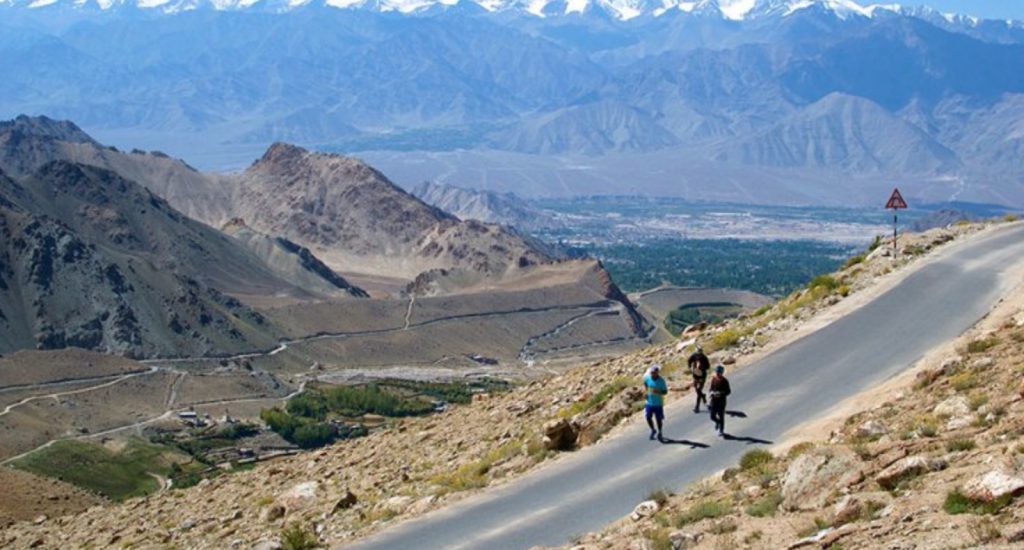
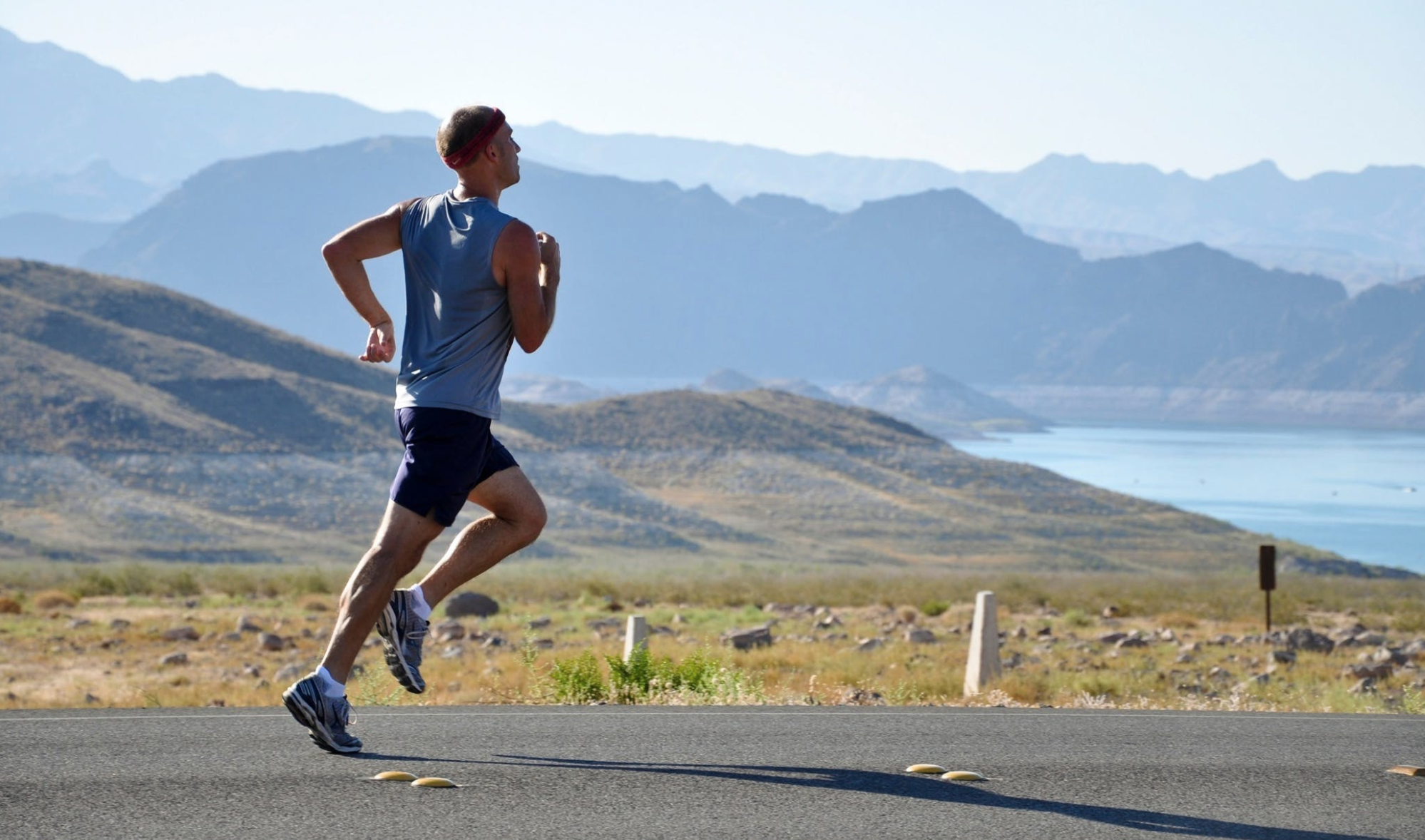
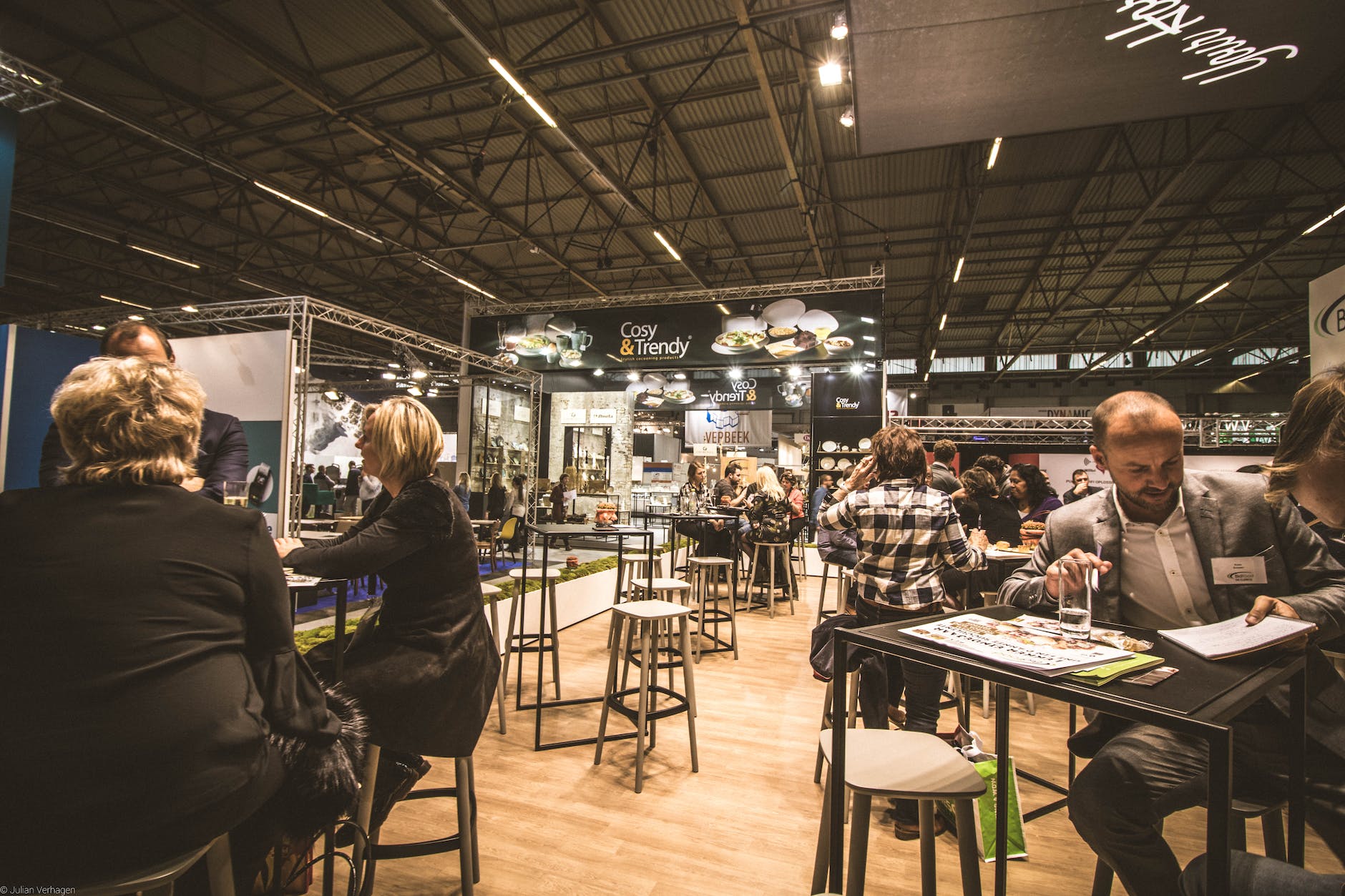
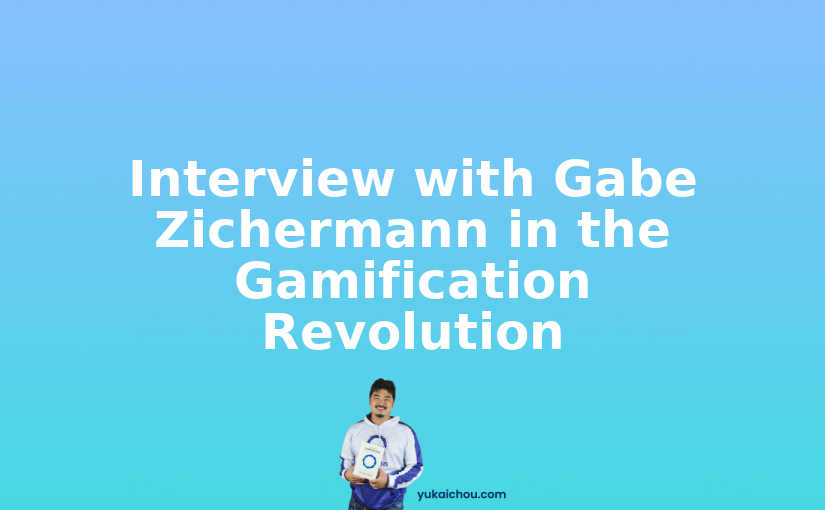

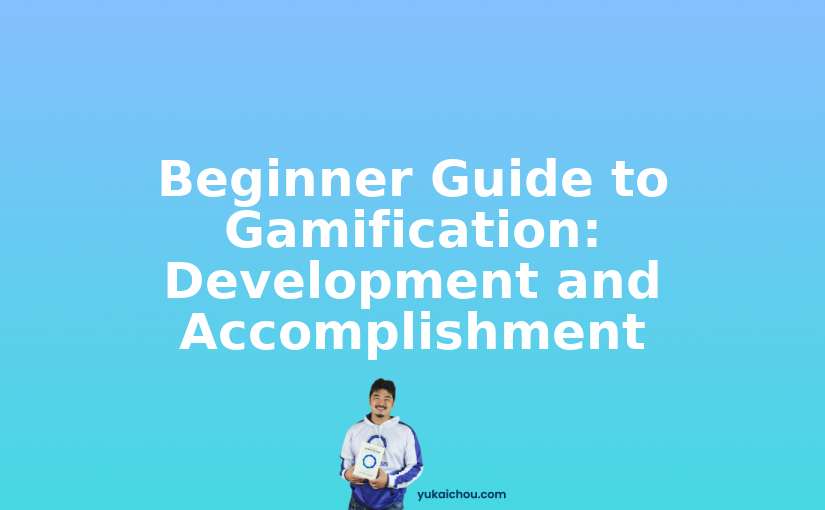

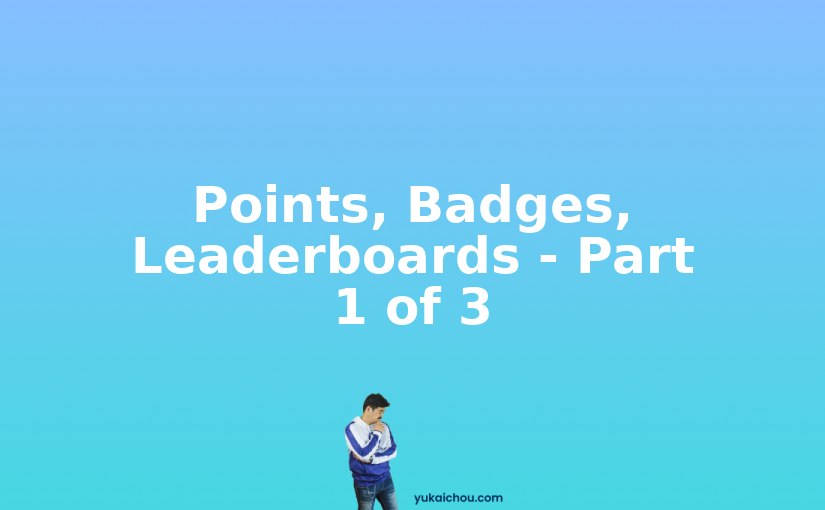
One response to “How FITology Used Running to Create an Alternate Reality Adventure”
Nice strategy for gamification